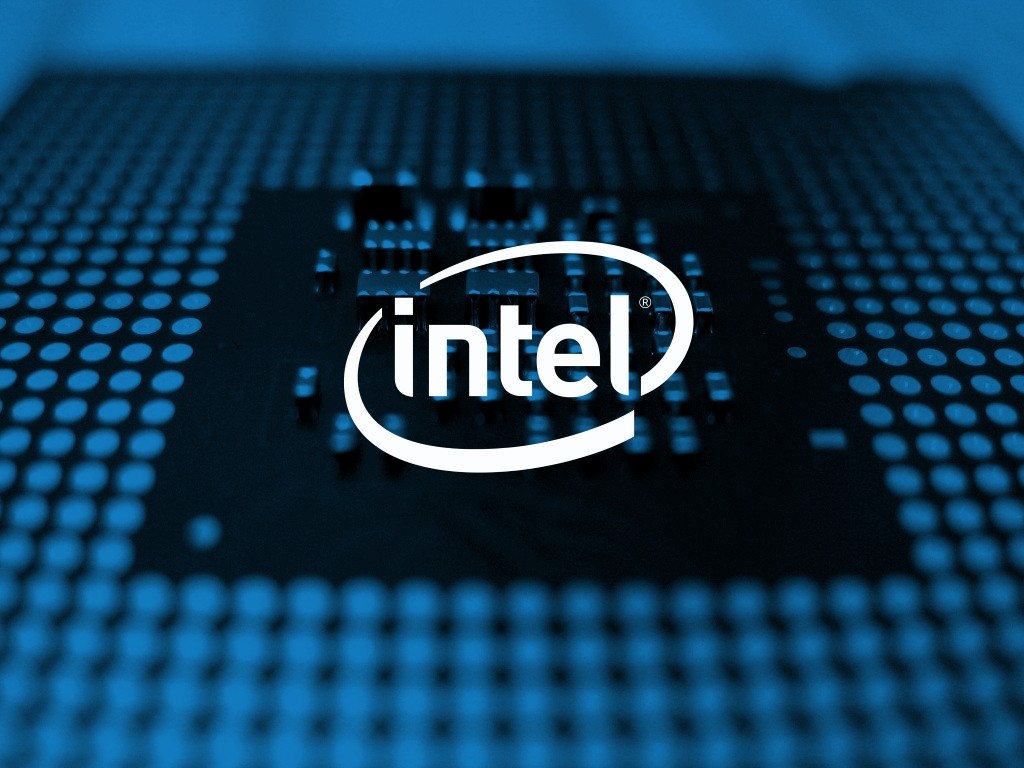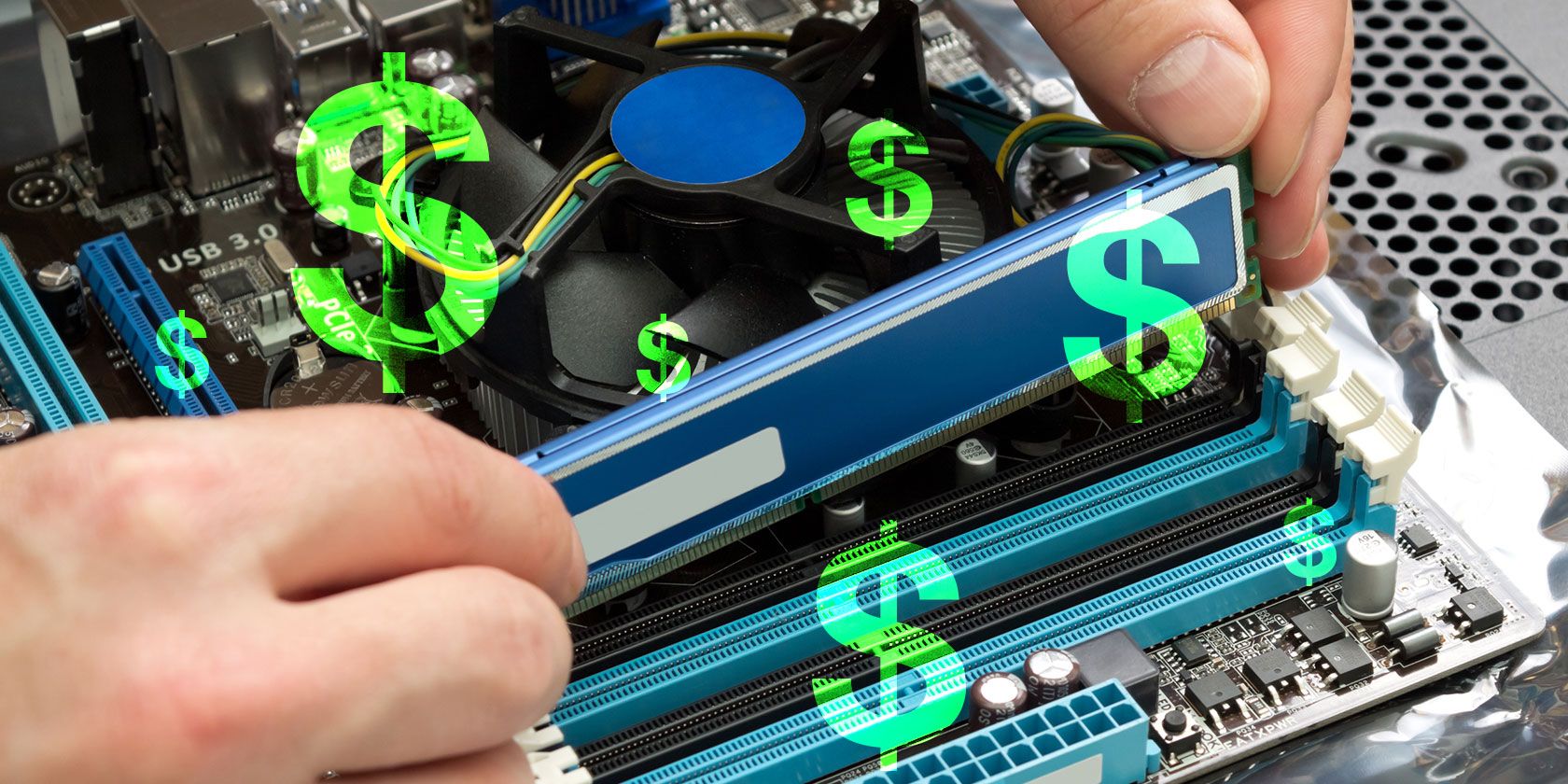

- #APPLE SERVER OS INTEL HARDWARE HOW TO#
- #APPLE SERVER OS INTEL HARDWARE MAC OS X#
- #APPLE SERVER OS INTEL HARDWARE MAC OS#
- #APPLE SERVER OS INTEL HARDWARE WINDOWS#
Most modern operating systems, including UNIX, Linux and Windows NT, were either designed or have evolved to run on multiple architectures through modular designs and hardware abstraction. It seemed to be working pretty well - although, in many ways, there's no reason it shouldn't.
#APPLE SERVER OS INTEL HARDWARE MAC OS#
coming fairly soon to a Mac near you.Jobs mentioned an Apple internal guideline stating that "designs must be processor independent and projects must be built for both Power PC and Intel processors", before revealing that the machine he'd previously used in the keynote to demonstrate Dashboard widgets had, in fact, been running Mac OS 10.4 on an Intel processor. This should really be no surprise, since OS X's heritage is Nextstep, the operating system for which Apple effectively acquired Next, which ran on Intel processors.
#APPLE SERVER OS INTEL HARDWARE MAC OS X#
And here's where more rumours that have been floating around for a while turn out to be true, as the Apple CEO confirmed that "Mac OS X has been leading a secret double life for the past five years", and that "every release of Mac OS X has been compiled for both Power PC and Intel". The latter said of the Apple/Intel arrangement: "The world's most innovative computer company and the world's most innovative chip company have finally teamed up." Mac OS X For Intelīuilding a computer with Intel's technology shouldn't prove too difficult for Apple's engineers, but one of the most important factors in the transition to Intel-based Macs will be, as Jobs himself put it, "making Mac OS X sing on Intel processors". Towards the end of the keynote, Jobs invited Intel President and CEO Paul Otellini onto the stage. The Pentium M has been a huge success for Intel, as part of the Centrino brand, and in his keynote Jobs mentioned that Intel's projected performance per watt for mid-2006 was over four times higher than that of the Power PC. According to Jobs, Intel will be able to help Apple in both of these departments: great performance is assured by utilising Intel's Pentium D dual-core desktop processors or a couple of dual-core Xeon processors for future desktop and server machines, but where Intel have really succeeded in recent years is in the mobile market.
#APPLE SERVER OS INTEL HARDWARE HOW TO#
The change from Power PC to Intel marks the third major transition for the Mac, and while Jobs commented that Apple have "great products right now" and "some great Power PC products in the pipeline", he conceded that the company didn't know how to make the products they were envisaging with the current Power PC 'road map'.Īcknowledging that two years ago he stood on the same stage when introducing the Power Mac G5 and promised a 3GHz G5 within a year, Jobs was admirably candid about the fact that Apple hadn't been able to deliver either a 3GHz Power Mac G5 or a Power Book G5. Firstly, the move from 68k processors to Power PC-based designs during 1994-96, which the Apple CEO described as having "set Apple up for the next decade", calling it "a good move" and, secondly, the more recent "brain transplant" from Mac OS 9 to X during 2001-03. He went on to describe the two main transitions of the Mac's 21-year history. Jobs introduced the topic of Macs with Intel processors by saying "let's talk about transitions". Intel will not be manufacturing any Power PC variant for Apple. What this means is that, starting from 2006, Apple will ship Macintosh computers powered by x86 Intel processors, the same processors used by computers running Windows today. After more rumours than usual over the weekend preceding Steve Jobs' keynote at this year's Apple Worldwide Developers Conference (WWDC), this time concerning the company moving away from the Power PC processor architecture to Intel's x86, the Apple CEO confirmed that the rumours were, indeed, true.

There's one word on the lips of most Mac users at the moment, and that word is Intel.

Now it's time for the third and most shocking transition of all: the move to Macs with Intel processors. Apple users are used to transitions, having moved from 68k-based Macs to Power PC processors, and the classic Mac OS 9 to Mac OS X.


 0 kommentar(er)
0 kommentar(er)
